Video Gaming, Anime and 3d Printing are all linked by one common aspect: design. The design of anything in fact dictates the overall appeal of an item and draws the user into its world.
All great (and the not so great!) designs start in the mind of the creator but they then need the appropriate tools to deliver them to the real world. This could involve several different media, from the humble pencil and paper to high powered PCs and 3D printers.
Gaming in particular is one of these areas that has seen the most advancement in design, technology and general overall look in the 21st century. As we fast approach the second quarter of the century, designers and gamers alike are still trying to bring out the “next big thing” while also retaining the ethos of quality gameplay and enjoyment.
In this article, I’m going to explore the world of 3D printing and how the technology has revolutionized the gaming world both in the digital and physical format. The end goal is that you walk away with an idea for how to make a 3d print that embodies your gaming interests.
So, what is 3D printing?
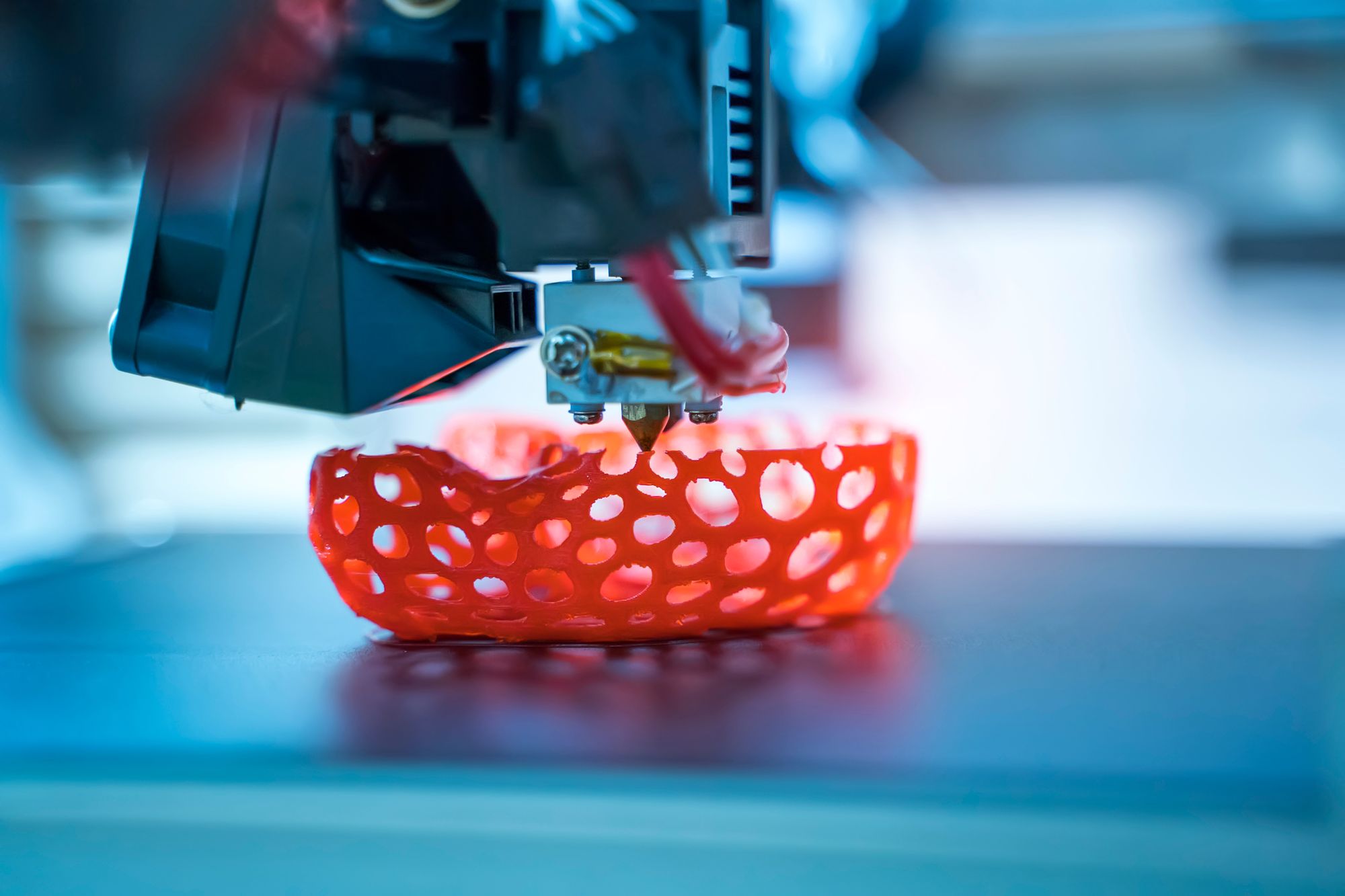
3D printing is a technology that was once confined to high-tech, big industry usage and almost seen as a fad to some sceptics. Although the concept has been around since the 1940s, the first incarnations of the “hobbyist” 3D printers we see today were patented in the 1980s. However, it wasn’t until the early part of the 21st century that the patents expired meaning that developers could work on producing their own designs for 3D printers that were accessible to the masses.
Today, the most popular types of 3D printers used by hobbyists, and indeed manufacturers, are SLA (Stereolithography) or resin and FDM (Fused Deposition Modelling) or filament-based printers. Both of these can produce high quality and detailed models or general items using a variety of different materials but using starkly different methods.
SLA printers use a liquid resin which is exposed to UV light and gradually builds the model by continuously rising and lowering the build platform into the resin vat. The result is a small but highly detailed model which, if done correctly, will have a smooth finish and be hard wearing.
In contrast, FDM printing uses spools of plastic filament (usually 1.75mm in diameter) and heats it so that it can be extruded through a small nozzle. The principal works on an X, Y and Z axis movement where layers are gradually built up vertically from a heated bed plate. The results are similar to SLA printing but often with less definition if printing smaller objects.
In terms of size, the average FDM printer will have a build volume of around 220x220x250mm compared to an SLA printer at 130x80x160mm.
From drawing board to printer
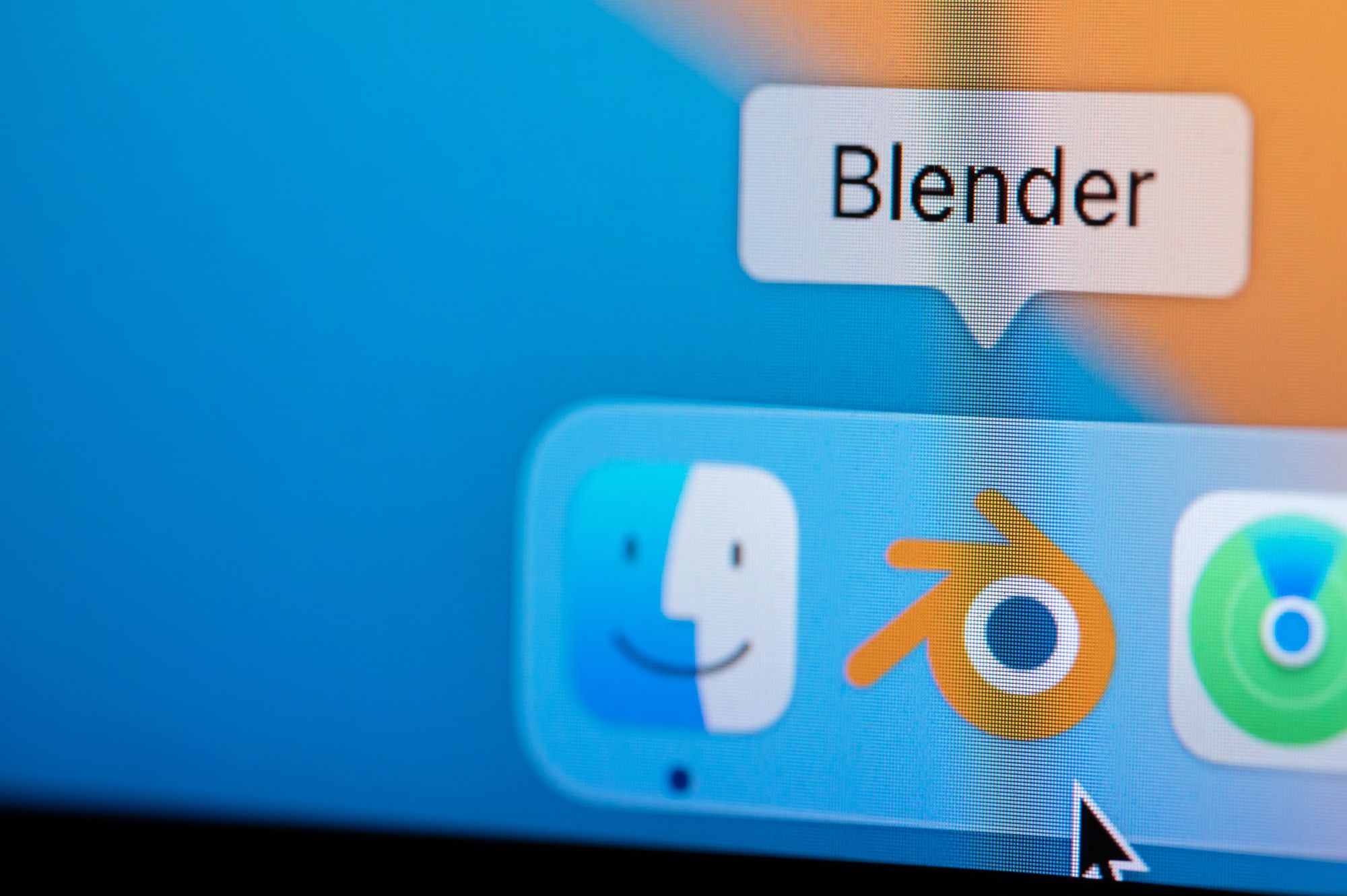
CAD software such as Blender will bring your ideas to life (image: Shutterstock)
I’ve mentioned that ideas come from the mind of the designer, but they need to be interpreted into a design. This then leads us to look at CAD (Computer-aided Design) software and how we can use that to produce a 3D printed object.
The first step would be to find the right software that caters for the needs of the items you are designing. For instance, we’re interested in producing 3D printed objects for use in a gaming environment so CAD software which is particularly aimed at architectural or automotive design may not be right for us.
In the world of 3D printing, there are a few popular design programs more suited to character and fantasy model creation and perfect for gaming. If you’re new to 3D design, then something like Tinkercad is a great place to start. This is a free, online design platform which is easy to use and allows you to export completed designs for printing. However, the results you get from Tinkercad can be limited and as you become more proficient, you may want to move to something a bit more challenging.
The next step then would be a program such as Blender which is again free to use but has vastly more features and possibilities than Tinkercad. You can either start from scratch and draw designs freeform or use the various tools and preset objects to build your design. There’s also the option to animate your design to see how it would look in the real world and maybe even in digital form for use in gaming.
There are a multitude of other CAD software out there, but these are just two of the most popular among the 3D printing community.
The Art of Design
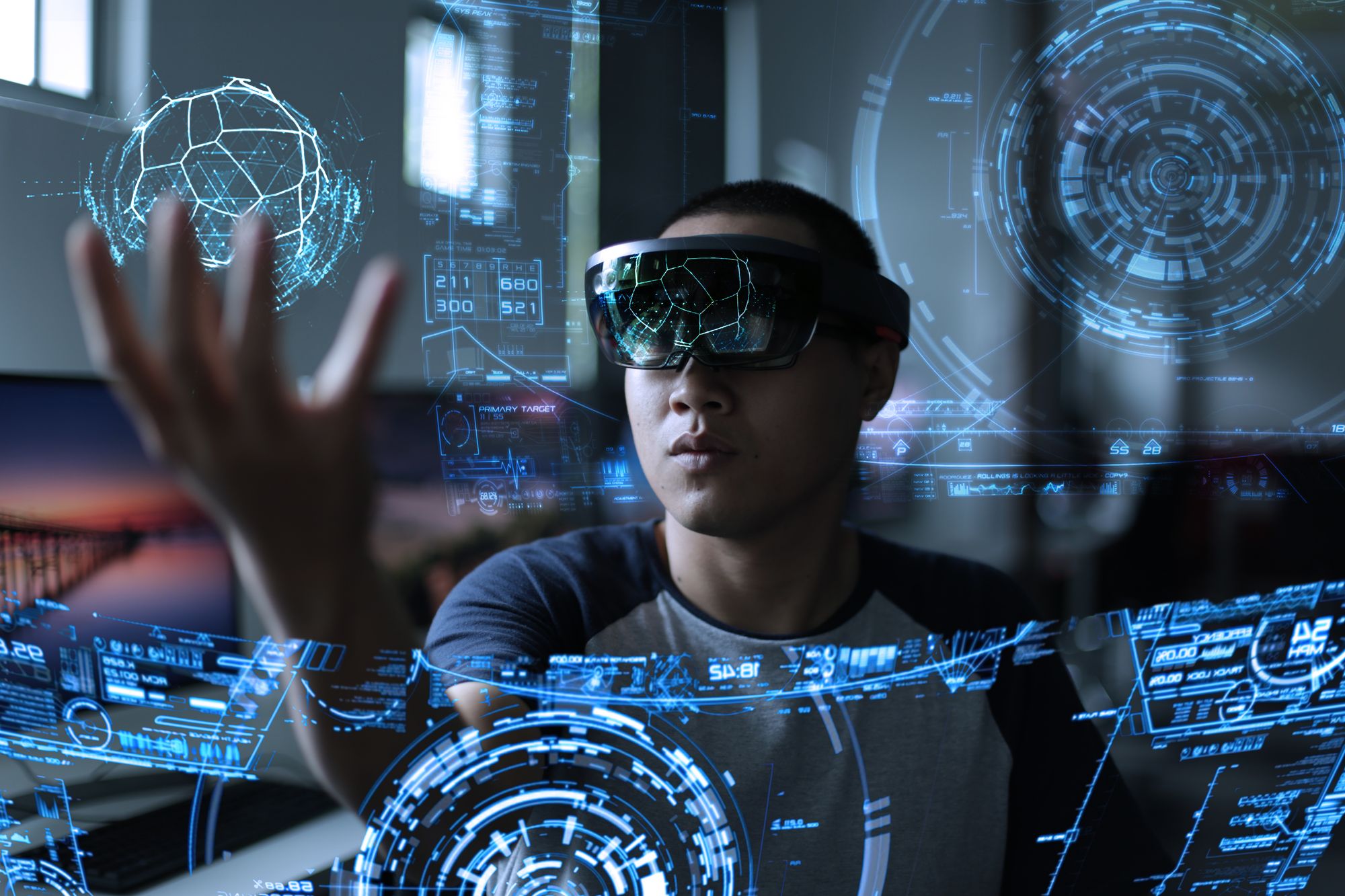
Being able to design and create something original using CAD software is an art in itself and as I’ve discussed, the possibilities of using these designs in physical and digital gameplay are endless. However, we’re specifically looking at how we can use our design and art skills to 3D print items for physical gameplay.
Whether you decide to design something yourself or use someone else’s creativity to create a 3D printed object, hopefully you’ll end up with something that will enhance your gameplay.
Now, when I say gameplay, this isn’t necessarily restricted to printing characters and scenery etc. for tabletop or role-playing games. A 3D printed item could also be something that enhances your experience of digital gaming such as a holder for controllers or headsets for example. This may not sound exciting but can still add something to your whole gaming experience.
Let’s for the moment though focus on creating miniatures and other RPG components using a 3D printer.
3D Printing Game Pieces
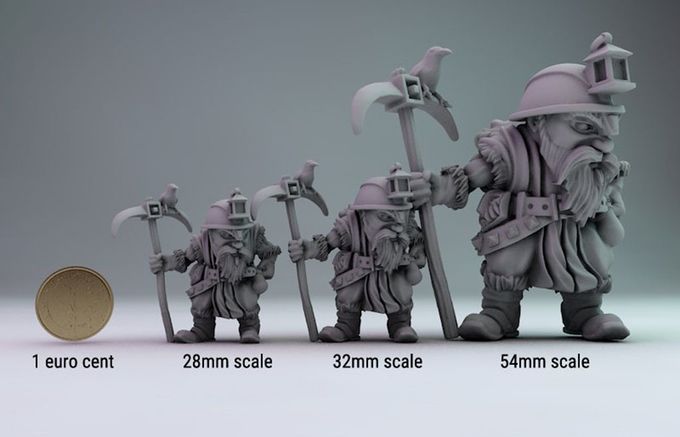
As I’ve said, probably the best 3D printing medium for game pieces and miniatures is SLA. The high level of detail and small build volume lends itself perfectly to the genre and allows you to produce professional-looking items for a much lower cost. If you’re going to do the whole thing yourself though, you’ll obviously need a printer and appropriate materials etc. to get started.
When I’m talking about SLA printers, there are a few leading brands producing high quality machines at affordable prices. Without going down the road of doing a full product review and promoting a particular brand, let’s take a brief look at a couple of the “big hitters”.
Creality Halot-One
This is a great entry level SLA printer which currently retails for about $150. It has touch screen and wi-fi connectivity and is backed up by Creality’s long standing reputation in the home 3D printer market.
Elegoo Mars 2
This is a very similar design to the Halot One and comes in at a similar price of around $150. Elegoo are predominantly known for their resin printers as well as their range of resins which can be used with any brand of printer.
Anycubic Photon Mono 2
Again, by necessity, similar in design to the other two printers but possibly less familiar as a brand for resin print enthusiasts. This printer currently retails at around the $200 mark.
In addition to the printer itself you’ll also need a wash and cure machine (around $100) for post processing and of course resin and some cleaning materials. It’s worth noting that SLA printing isn’t the easiest or cleanest form of 3D printing but the results in terms of quality and detail are unparalleled.
If you decide to go down the route of FDM printing then you again can’t go wrong with brands such as Creality, Anycubic and Prusa to name but a few. Let’s then have another brief look at some FDM printer options.
Creality Ender 3
Probably the biggest selling FDM printer in the world and certainly one that is mentioned most by enthusiasts. The basic version retails at around $180 but apart from buying filament, that’s it.
Anycubic Kobra Neo
Similar to the Ender 3 in design and performance but at a touch under $160 a bit cheaper. It will basically perform the same function as any FDM printer.
Prusa i3MK3S
Again, the same design principle but a bit more on the expensive side at around $700 for a kit version and $900 for a fully assembled model. This is more for the experienced printer but easy enough to get to grips with if you want to dive right in.
The overall thing with any printer, either SLA or FDM, is that you get what you pay for. Each type of printer can start at the price levels we’ve shown but can also reach up into the thousands of dollars range. As I’ve said though, this isn’t a buyer’s guide but more of a glimpse into the 3D printer market.
Levelling Up
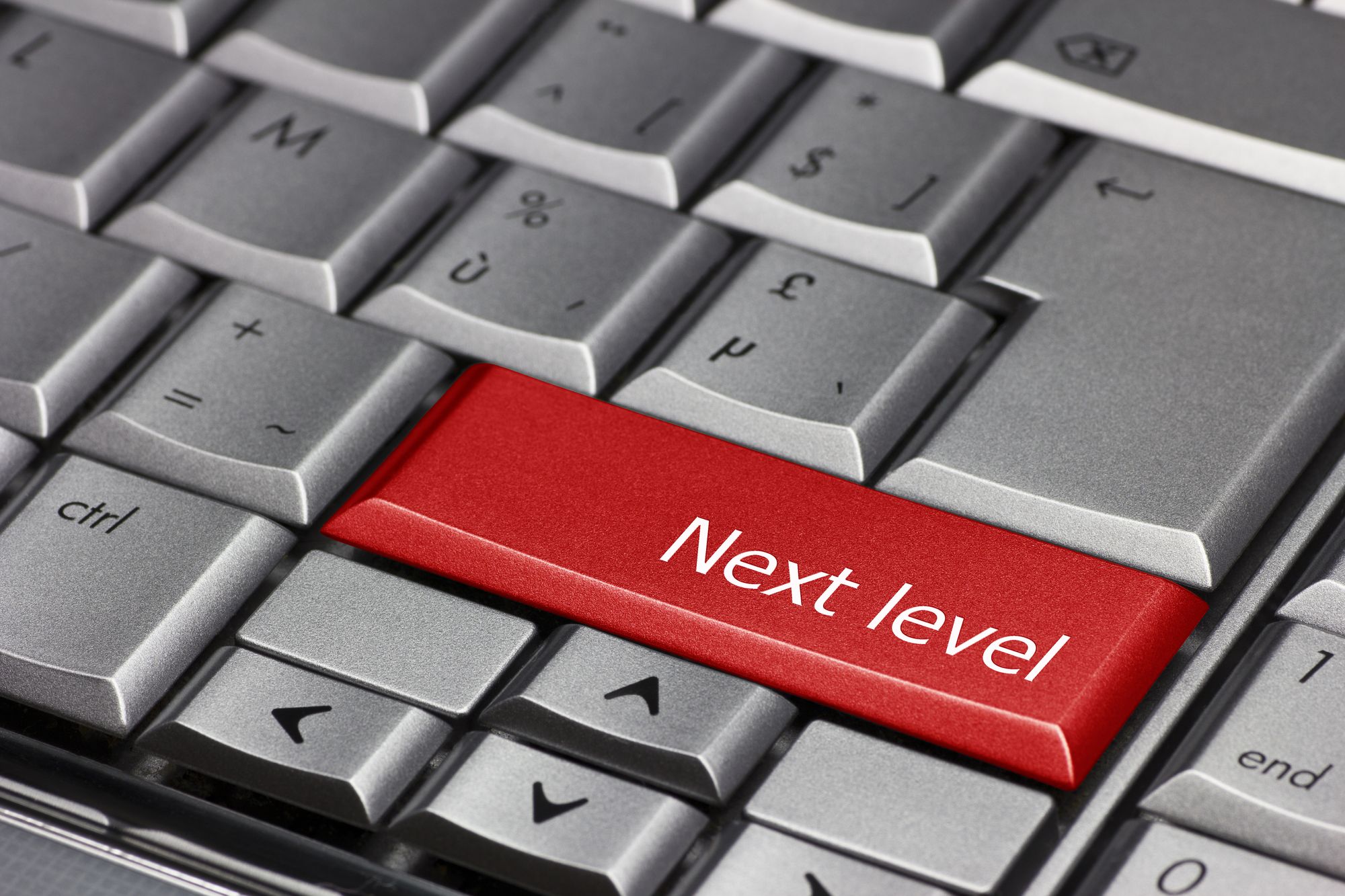
I’ve looked at printing game pieces and miniatures and have come to the conclusion that using an SLA printer is best suited for these. However, there are other game pieces that you may want or need which could be bigger than the available print volume of the printer. You’re therefore left with two options.
Firstly, you could of course use an FDM printer to produce these items but then you’re left with pieces in the same game that are made from different materials. If you’re happy with that then great but the purists among you may be feeling hard done by that you can’t get a uniform “feel” to your game. Fear not though!
Your second option would be to print a larger item in multiple parts on an SLA printer and then assemble it in post-processing. This might sound a bit obvious but throws us back to the original design stage and how you want to scale your models. This also leads us onto another important piece of software in the world of 3D printing; the slicer.
No, this isn’t a mediaeval torture implement but the software needed to get your CAD design to a printable 3D file. The slicer takes your design and after settings applied by you then “slices” the file and converts it into the STL format needed for 3D printing. It’s at this stage in the pre-slicing setup that you can separate your model design into parts and then convert them into individual files.
So, if for instance you want to create a building or a larger character such as a troll or giant, you can dissect the model into smaller pieces, print them individually and then reassemble as the whole piece afterwards. This makes the quality of your game pieces that much better and gives consistency of materials throughout your game.
Other printable game items
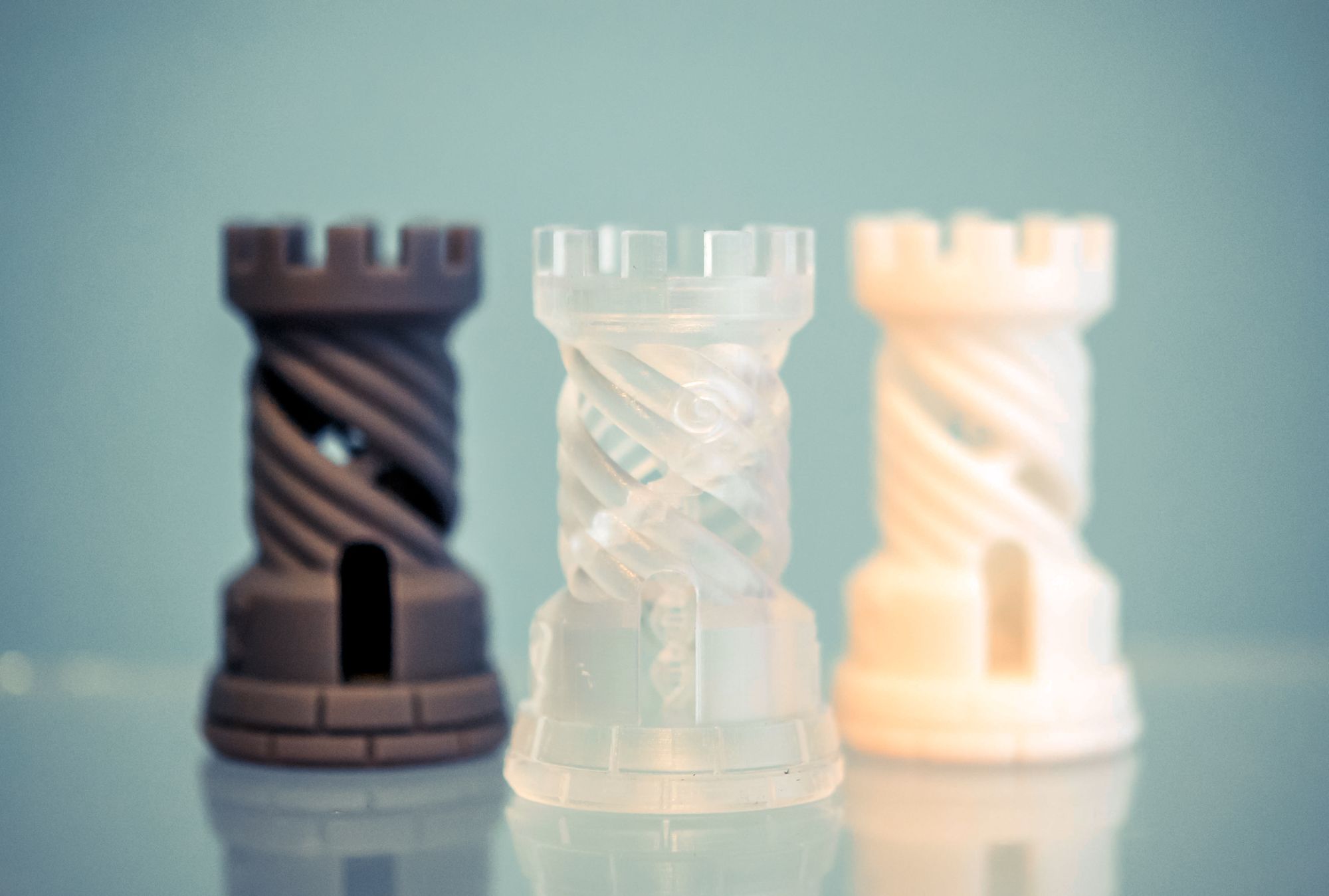
Miniature figures and scenery aren’t of course the only things you need for the perfect tabletop game. Essential pieces such as dice, damage rings, weapons and dice towers can all be 3D printed and designing the most aesthetically pleasing and elaborate pieces is all part of the enjoyment.
Then again, simplicity is also important and 3D printed game pieces don’t necessarily need to be confined to the world of RPG and fantasy gaming. Traditional games such as chess, checkers, ludo and even tiddlywinks all have pieces that can be 3D printed. Art and design come around full circle with chess in particular as the pieces and even the board can be 3D printed to whatever design you desire.
I also mentioned previously that you could design and print an item that will enhance your digital gaming experience. Again, the possibilities are boundless but examples could be a character themed controller or headset holder, controller covers or even replacement controller buttons. As long as you use the right material to print it, the advantages are clear and could save you money and extend the life of your equipment.

I’ve looked at how you might use software to design a gaming item and how to transform that design into a 3 D printable format. I’ve also discussed 3D printing options and what types of gaming equipment can be 3D printed. The conclusion is that there are vast opportunities for making unique and eye-catching designs which will hopefully enhance your gaming experience and elevate it to the next level.









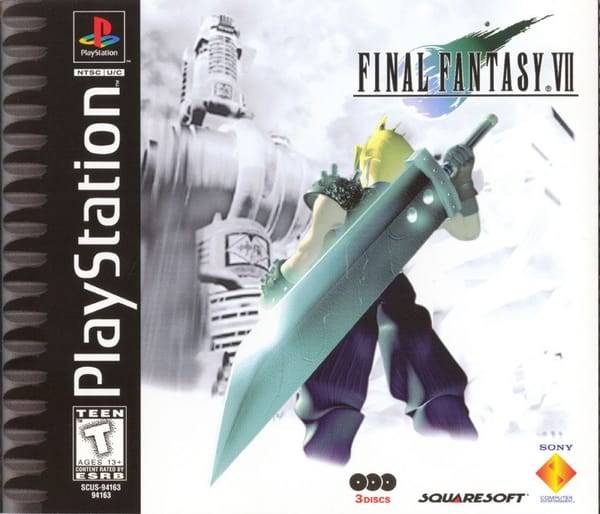

Member discussion